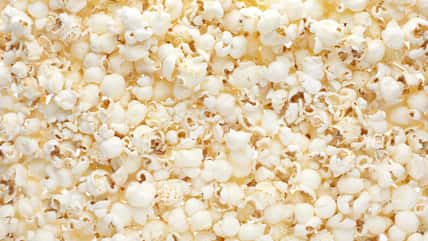Known As Tooth Ablation, The Removal Of Healthy Teeth In Ancient Taiwan And Other Parts Of Asia Served Aesthetic Purposes And May Have Been Seen As A Test Of Courage

In ancient Taiwan and other parts of Asia, people removed healthy teeth for ritualistic purposes. Archaeologists weren’t sure exactly why this sort of tooth removal was practiced until they conducted a comprehensive archaeological review to close the knowledge gap.
Tooth ablation is the official term for describing the removal of healthy teeth. It has been documented among groups all over the world, but the tradition was most commonly associated with the first Austronesian communities, which ended up spreading across the Asia-Pacific region, including people from Taiwan, Southeast Asia, and Polynesia.
The procedure was first observed in Taiwan about 4,800 years ago during the Neolithic period. It continued until the early 20th century. The practice occurred at the same time as local hunter-gatherer societies transitioned into more sedentary societies, where they domesticated plants and animals.
It involved the pulling of healthy upper front teeth, particularly incisors and canines, without the use of anesthesia. Generally, northern regions of Taiwan preferred to hammer out teeth with a stone, metal, or wooden tool.
On the other hand, the southern regions opted to pull teeth by using one or two wooden or bamboo sticks attached to some thread. The resulting holes would be filled with ash to stop the bleeding and prevent inflammation.
Researchers collected data from over 250 archaeological sites across Asia and found that 47 of them contained burials from the Neolithic (4,800 to 2,400 years ago) to the Iron Age (2,400 to 400 years ago).
The bodies from these burials were missing some of their teeth. Their skeletal remains indicated that tooth ablation took place equally between males and females. By the 1900s, tooth ablation was almost exclusively among females.
“The decline of tooth ablation among males might reflect broader cultural and social changes. As the Neolithic material and culture were fully adapted and evolved to more local expressions in this phase, tooth ablation might have been reinterpreted differently,” archaeologist Yue Zhang said.
Historical records from the Chinese Three Kingdoms period (220 C.E.) and 17th-century Dutch journals have provided some of the earliest mentions of tooth ablation.

Richie Chan – stock.adobe.com – illustrative purposes only
However, the most detailed accounts were in documents from the Japanese Rule period (1895 to 1945 C.E).
During the 1910s, many local traditions, including tooth ablation, were eradicated for the most part by armed suppression.
The reasons behind tooth ablation varied, but one of the main motivations was for aesthetic purposes.
It was believed that having teeth that resembled those of monkeys, dogs, and pigs was unattractive. Instead, they desired to have teeth more like mice.
Tooth ablations may also have been seen as a “test of courage” or a way to honor the bravery of an ancestor.
Finally, it was done as a method of treating cases of lockjaw. A pulled tooth would have helped give them medicine and nourishment.
Sign up for Chip Chick’s newsletter and get stories like this delivered to your inbox.
More About:News





